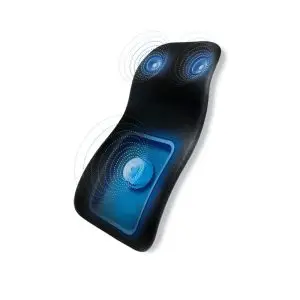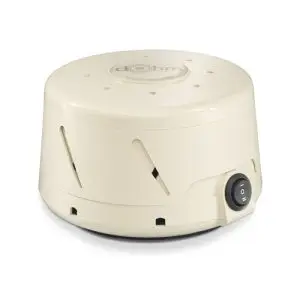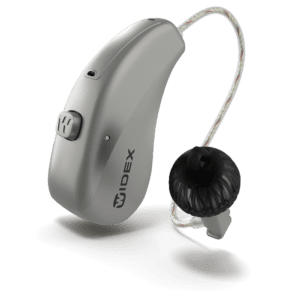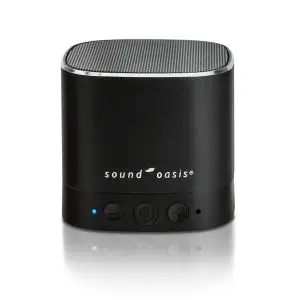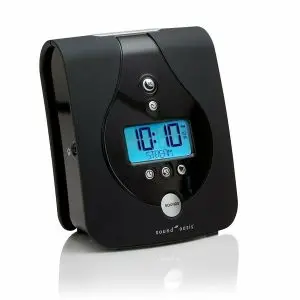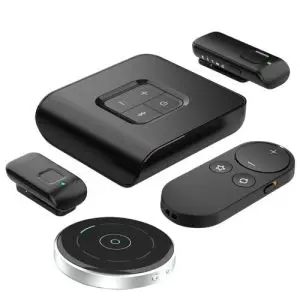Tinnitus Habituation
We will discuss the types of habituation therapies that are available and what we like to do in our clinic in Minnesota.
A bakery Example of Habituation, which we wish we didn’t have!
An easy example of habituation is when you first walk into a bakery you smell the delicious smells of baking. If you worked in the bakery or were there for a long time, you would no longer smell the bakery as you have habituated to the buttery deliciousness. In this case, it is not a bad response of smelling deliciousness as we would like to keep smelling. But you get the point.
Habituation for something we don’t want
Because we don’t like tinnitus and the constant ringing in our ears, we want the sound to go away. The more we want the sound to go away and that it doesn’t go away we have a response that is less than desirable. The response can increase our stress, cause anxiety, and distract us from the good things in life. Because of the constant ringing, if not mindful of the stressful emotional response, it can turn into other undesirable, unhealthy outcomes.
Habituation therapy for tinnitus is when we work on trying to “ignore” or like in the case of the bakery, not hear (smell) the ringing anymore after some time.
We want to learn how to live with tinnitus in a mindful manner. In this definition, we talk about habituation as a psychological response to something that causes emotion or disruption in a person’s behavior. We would like the emotional response to be of calming nature to not worry about what is being heard in the case of tinnitus Habituation in tinnitus is then the addition of some other “sound” that floods the response to ignore the undesirable sound of the tinnitus.
Here are some of the following “sounds” that can help habituate to the undesirable.
1. Noise maskers – these can be played through apps, the phone, and other such products that can play noise including a fan. Noise maskers can also be in hearing devices or blue tooth streamers. They can also be on the level of modulated noise that sounds like ocean waves. Ocean waves in some devices can modulate faster or slower. Noise can be unfiltered and hence called white noise or of different filters such as pink, Brownian, blue, and so on. We notice that many people we have worked with chose the noise masker like the modulated “ocean” type noise.
2. Notch noise – is like the name implies, a notch in the noise centered around the area where the origin of tinnitus is being perceived. There is some evidence from Signia, a hearing aid manufacturer that this has been known to help tonal tinnitus.
3. Fractal tones – are non-harmonic tones that have been approved to help habituate tinnitus. They sound like chimes but have no musical value and are produced in a non-expected manner. The fractal tones are mostly inside the Widex brand hearing aid.
4. Environmental relaxing sounds – are also known to help people with tinnitus. This is a form of mindfulness and listening to the sounds around them instead of focusing on the tinnitus. Widex brand hearing aids now have relaxation tones with some mix of fractal tones. A good option.
5. Hearing aids – also help many people who report having tinnitus. And with the hearing aid, there are different tinnitus features that can help as mentioned above. Like noise types, notch types, fractal tones and even streaming from apps’ environmental sounds.
6. Filtered music – is also been known to help tinnitus. Right now we are looking for new technology here.



